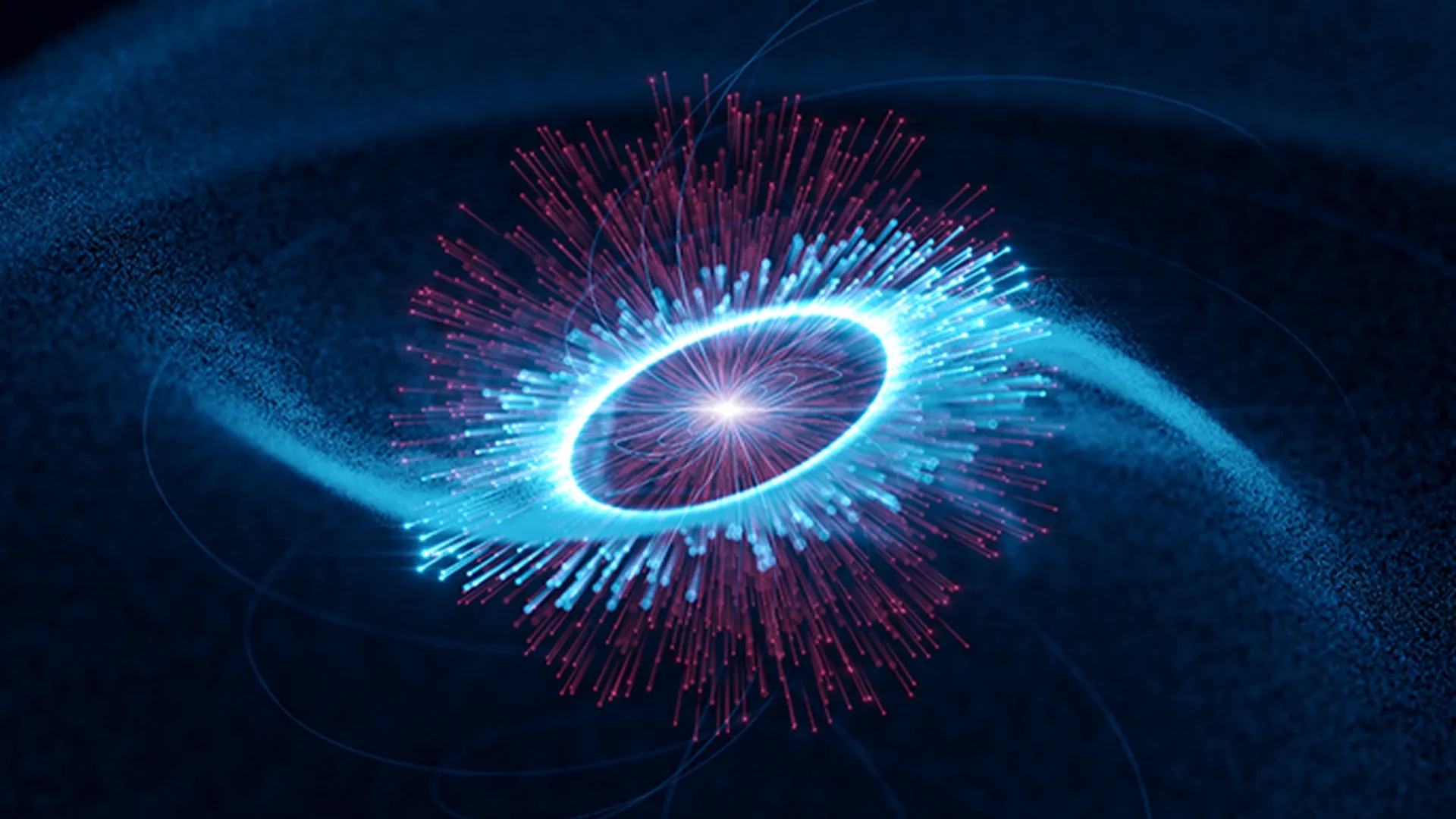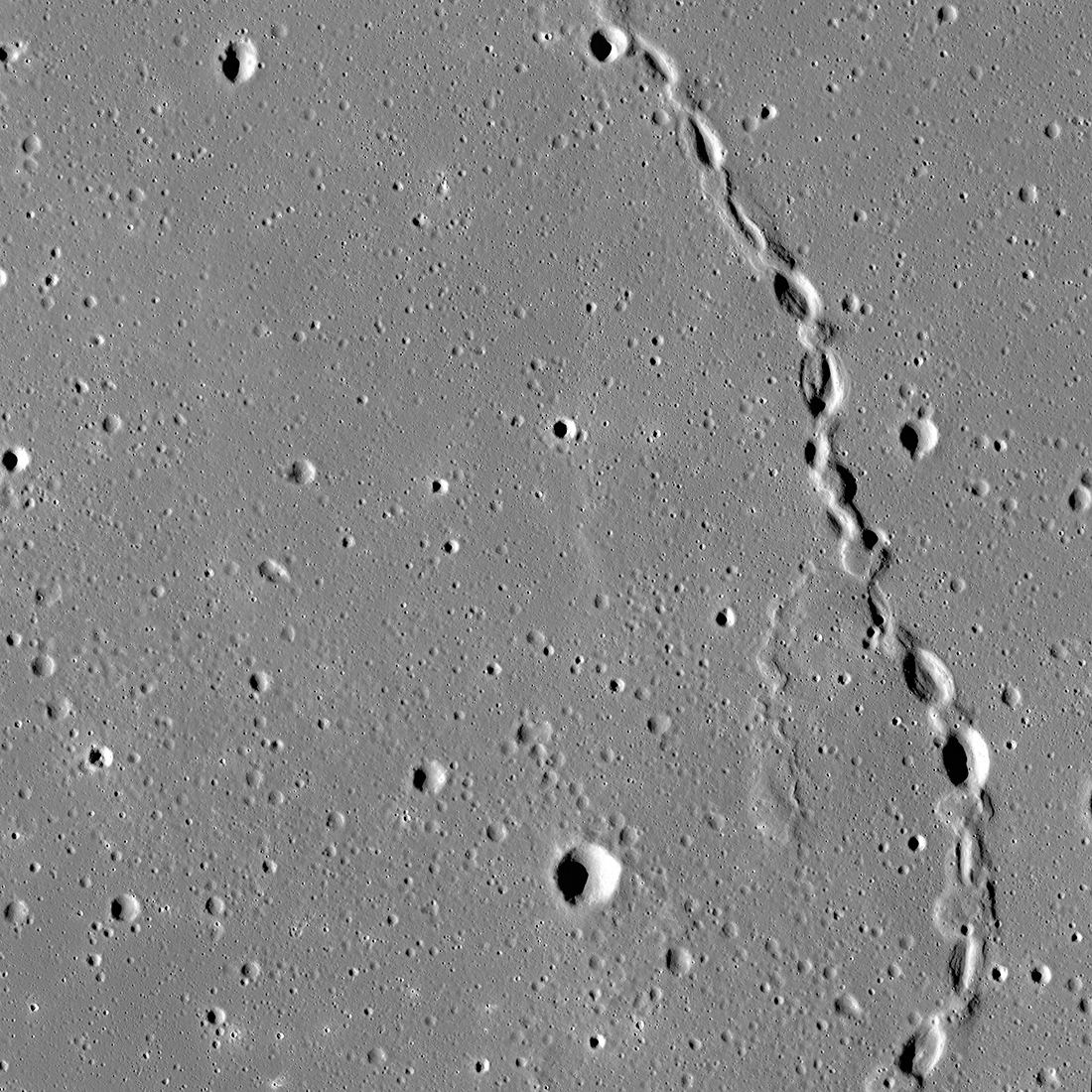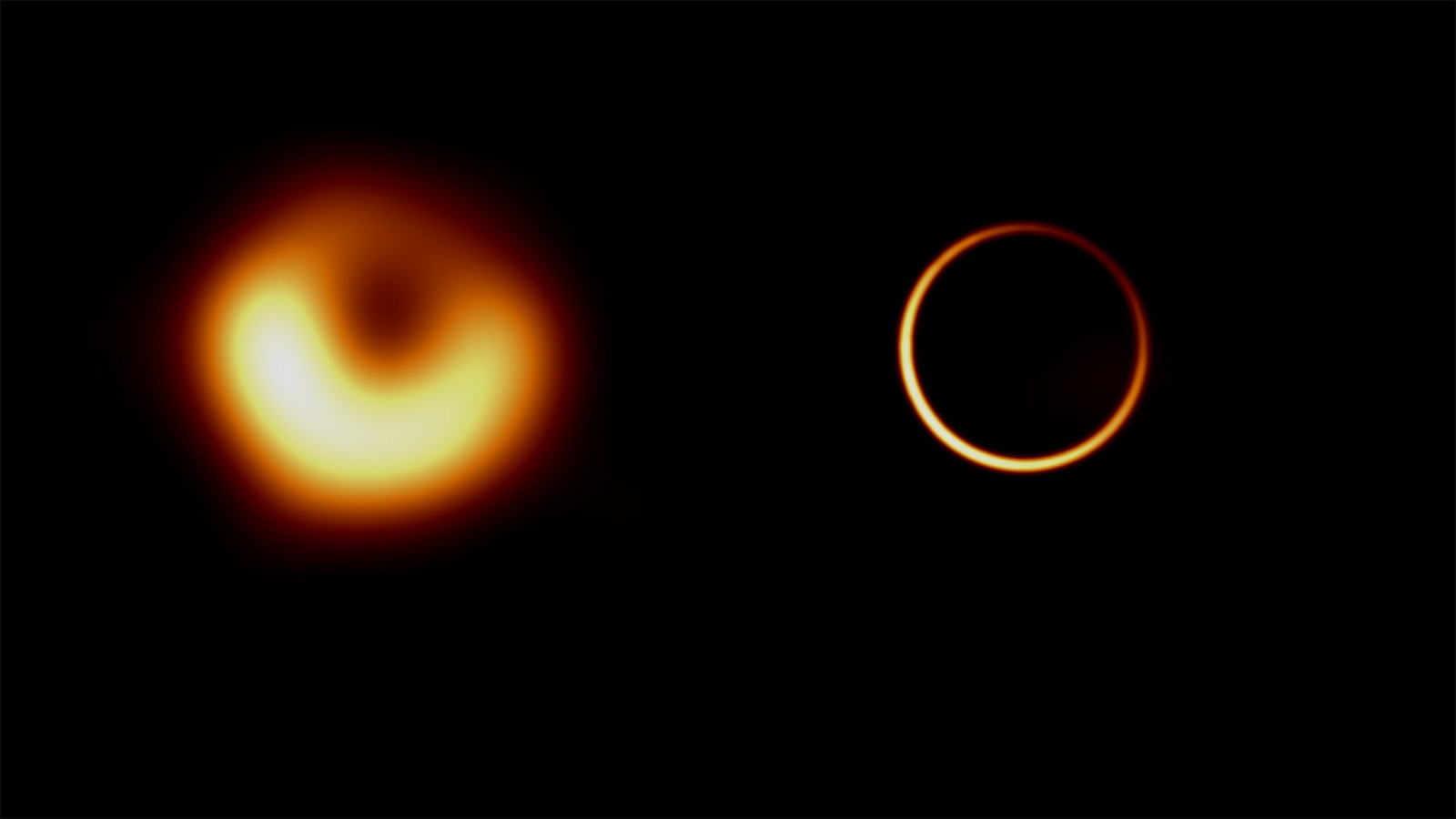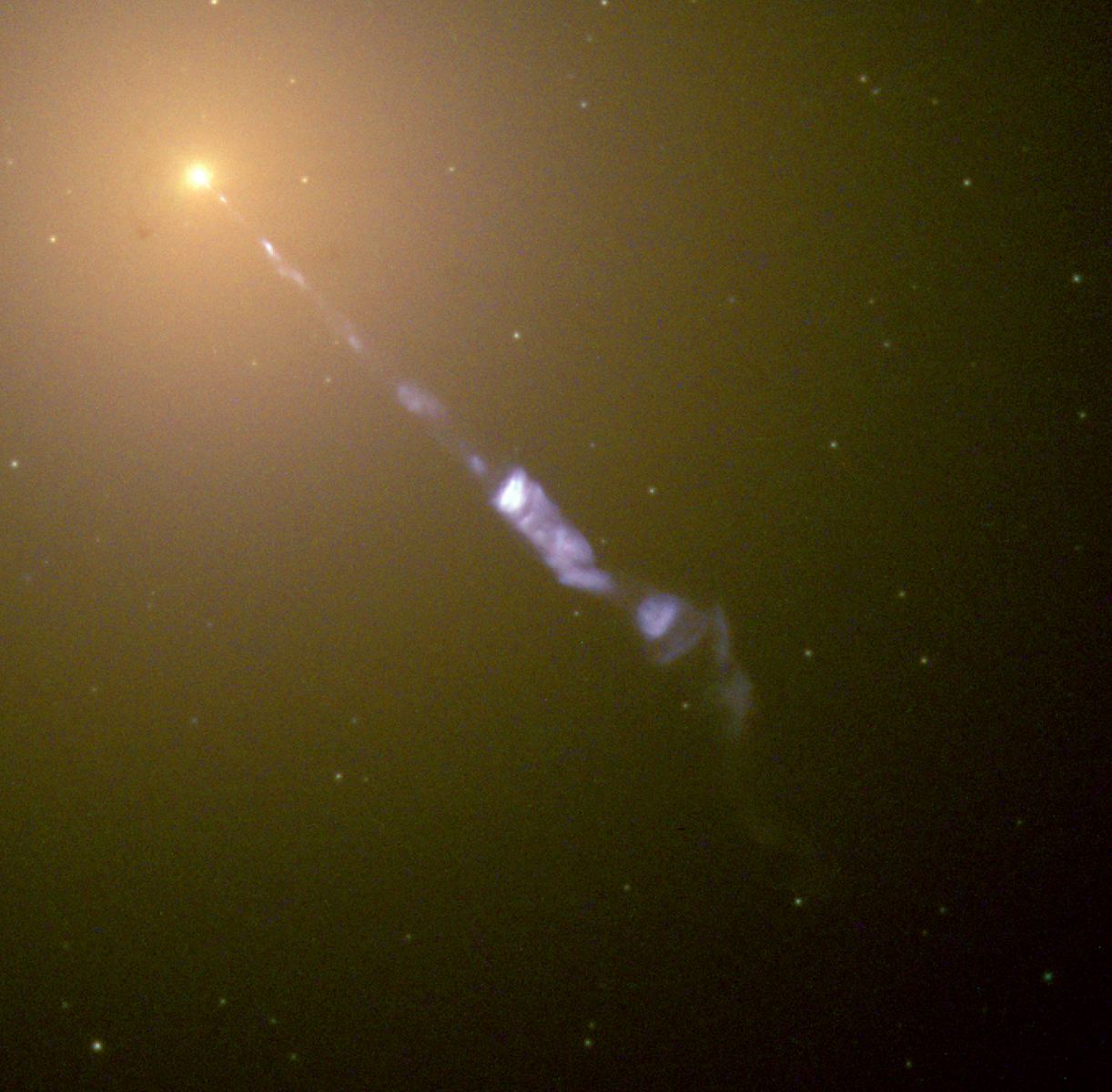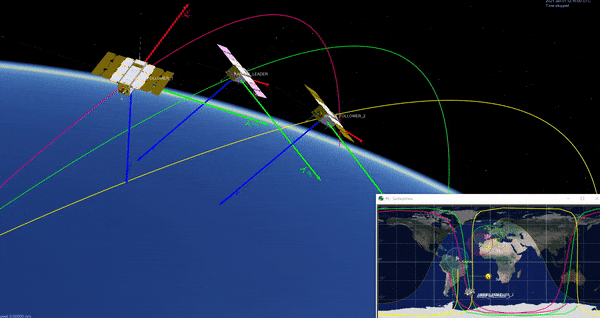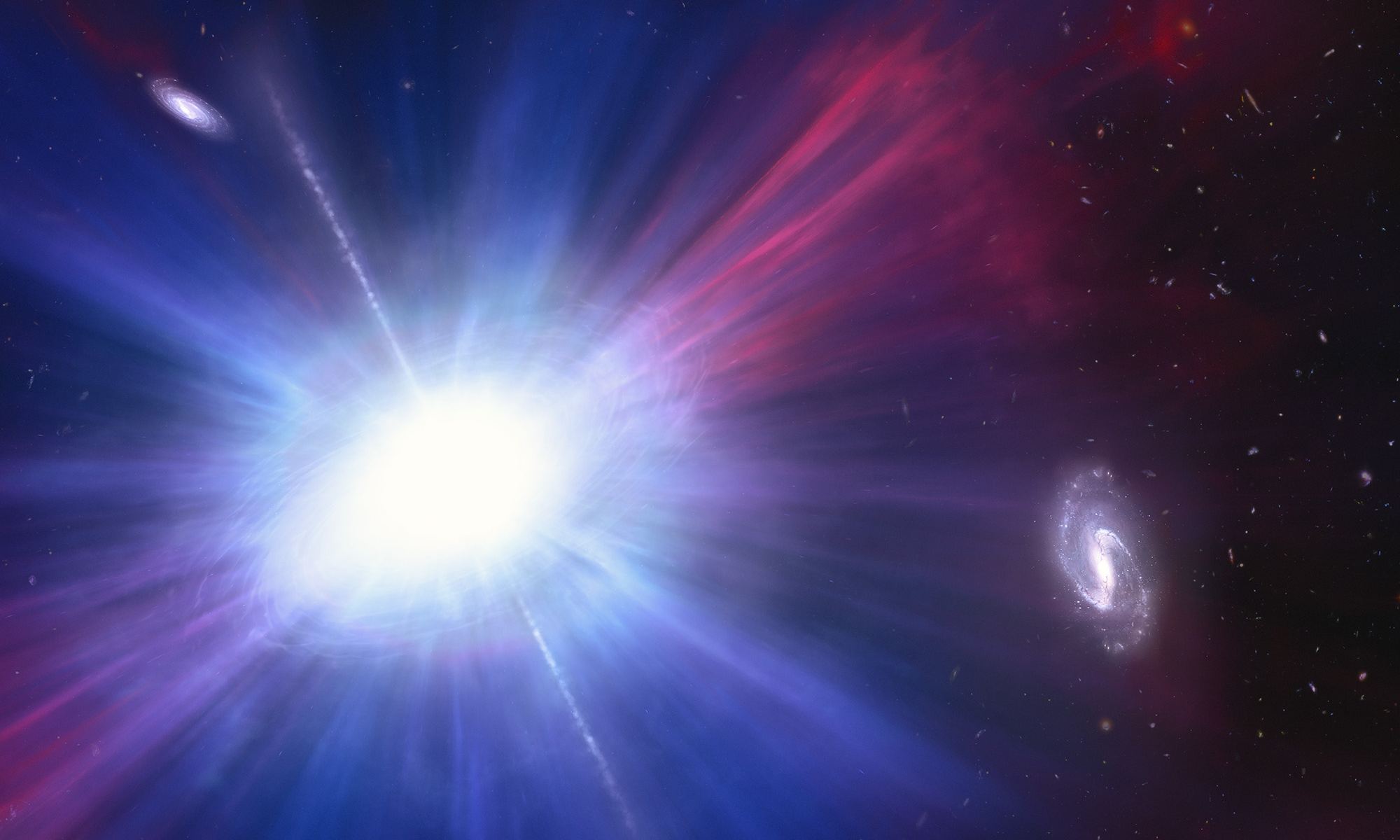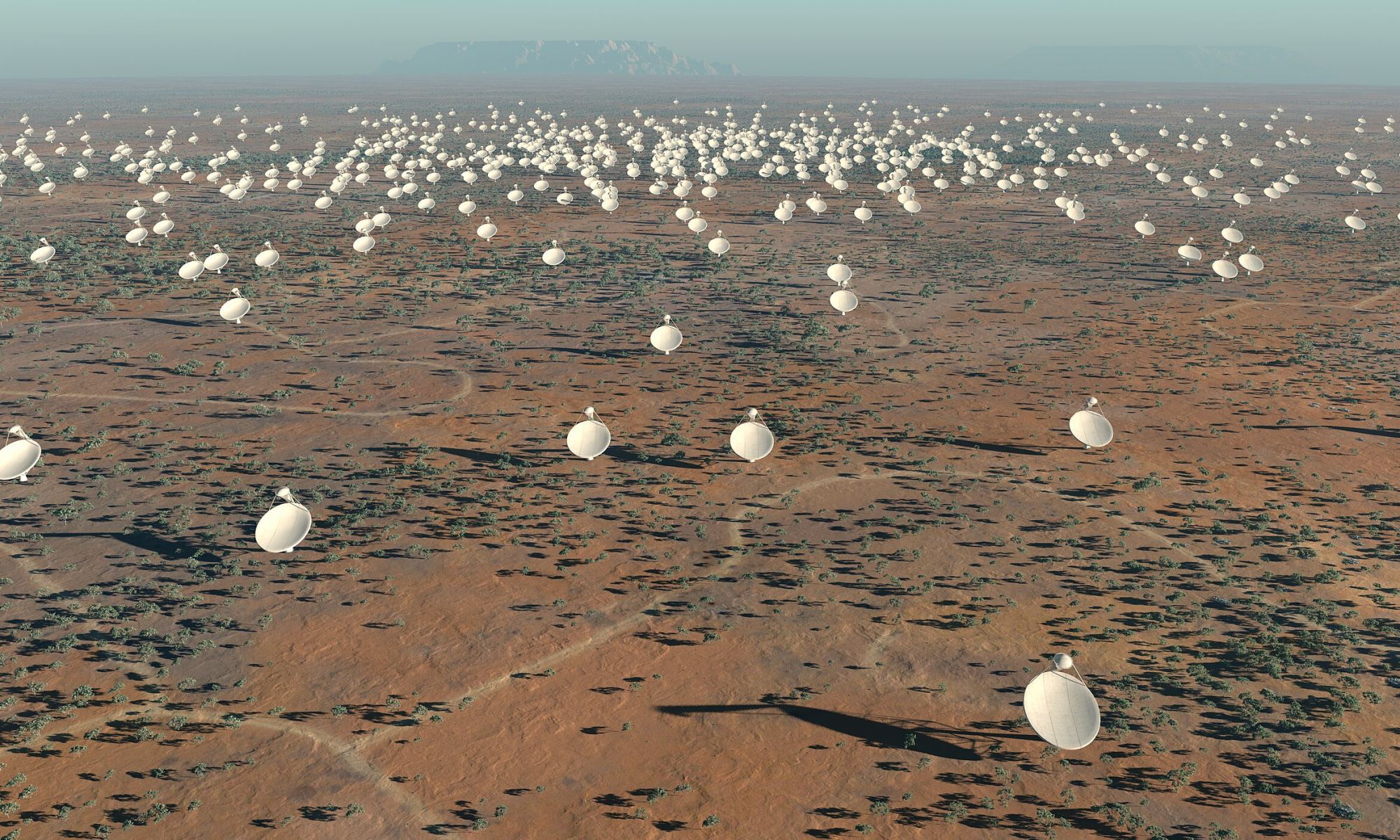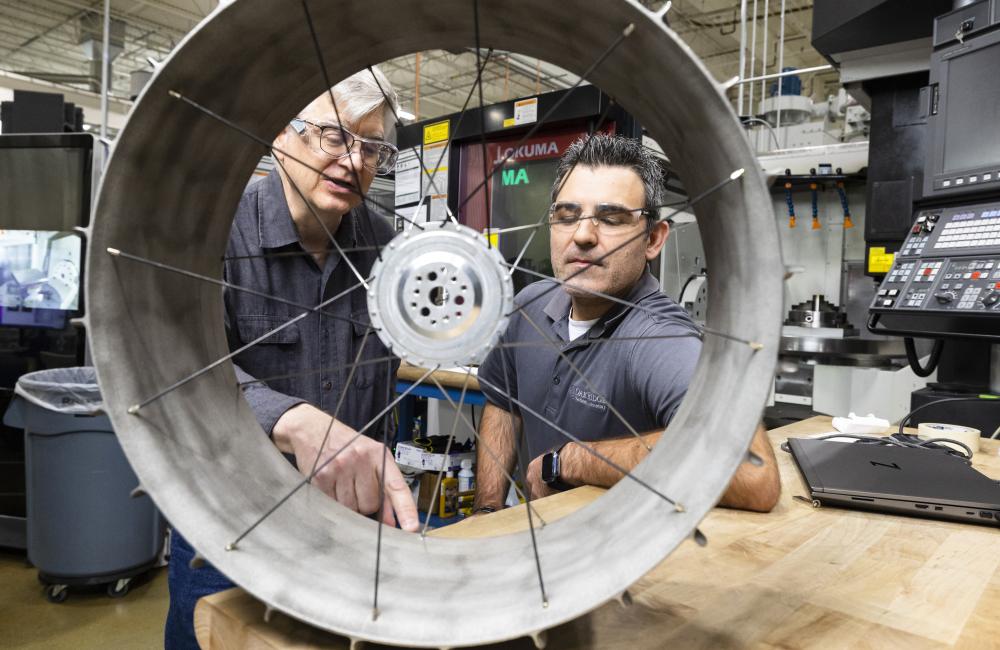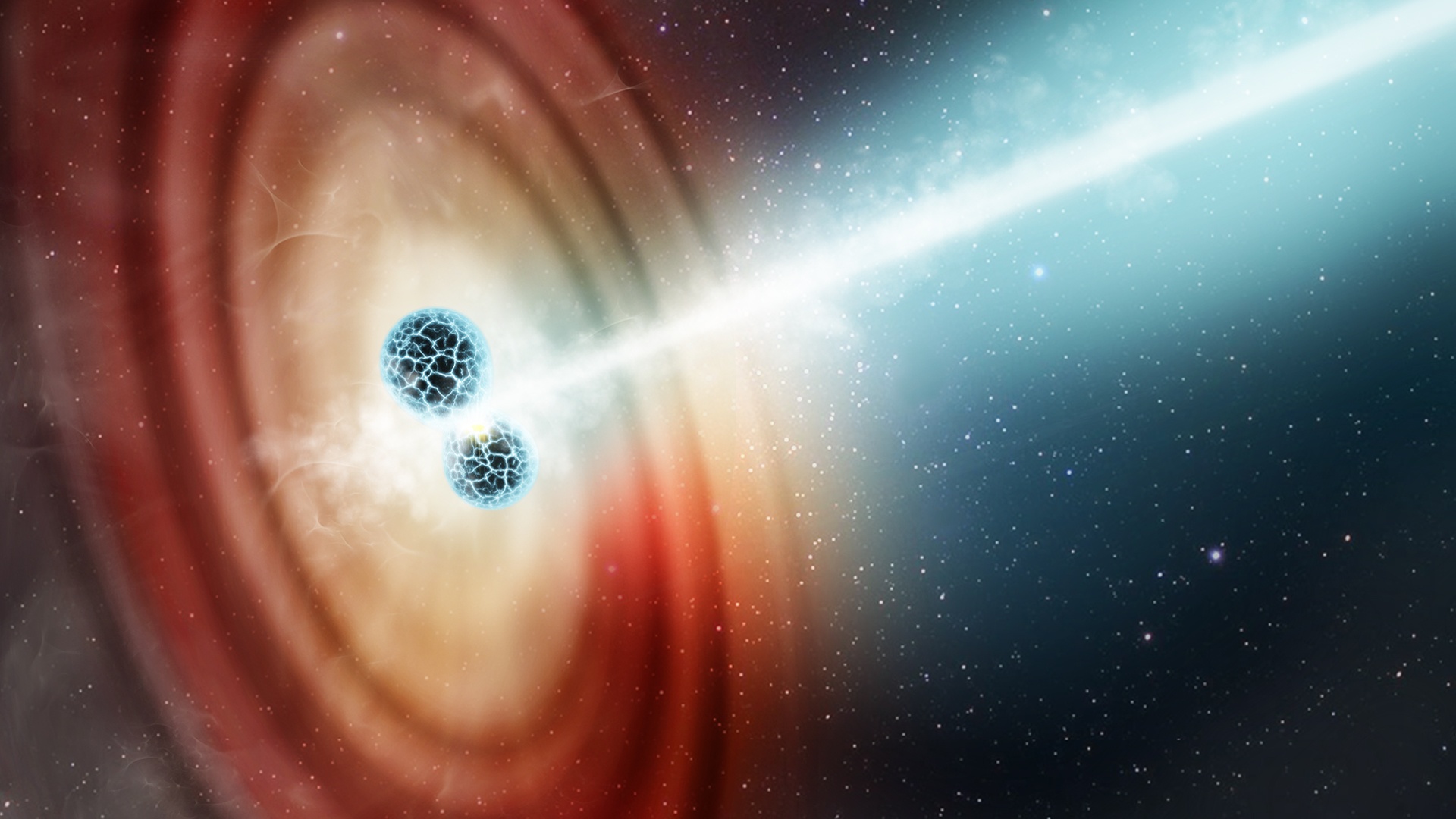Pulsars are known for their regularity and stability. These fast-rotating neutron stars emit radio waves with such consistent pulses that astronomers can use them as a kind of cosmic clock. But recently a pulsar emitted gamma rays with tremendous energy. The gamma rays were the most energetic photons ever observed, with energies of more than 20 teraelectronvolts, and astronomers are struggling to understand how that’s possible. The results were published in Nature Astronomy, which describes the burst of gamma rays emanating from the Vela Pulsar.
Continue reading “A Pulsar Suddenly Threw Out Radiation 200 Times More Energetic”A Pulsar Suddenly Threw Out Radiation 200 Times More Energetic
